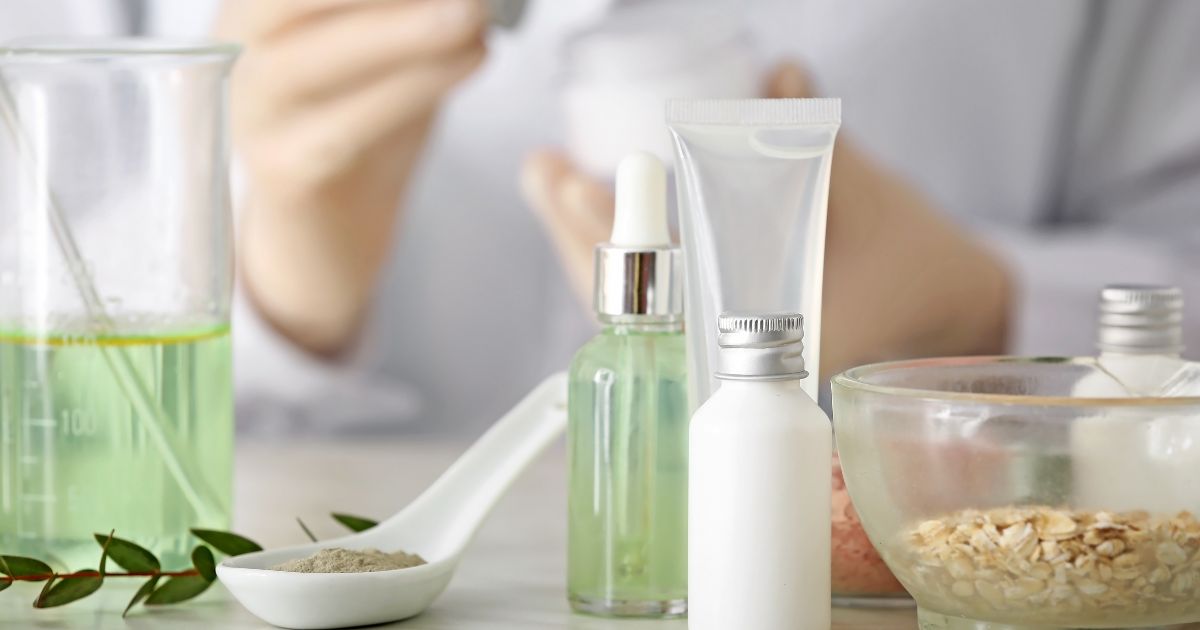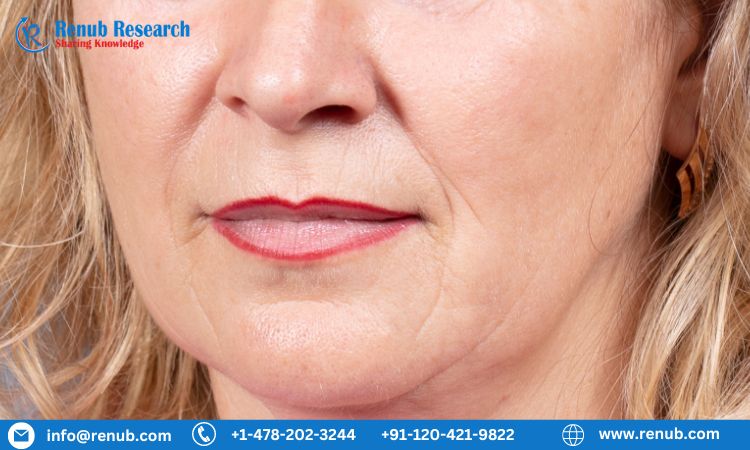Cupping can be performed using either traditional heat methods or modern rubber pumps, with either being placed onto your skin to create suction. Once heated, once it has cooled it’s placed directly onto it to create suction.
This process increases blood flow to the affected area and stimulates various physiological responses, while simultaneously helping remove metabolic waste and toxins from your system.
Increased Blood Flow
Suction force created during cupping Melbourne can break open tiny blood vessels called capillaries under the skin, increasing blood flow to flush away any stagnant toxins and stimulate normal healing on a cellular level. This may reduce inflammation, speed up tissue regeneration, and boost your immunity to keep you strong and healthy.
Cupping can increase circulation, which explains why the round marks left by cupping are so beneficial. While they might look like bruises, these marks are actually caused by increased blood flow rather than by an injury to your body – the more intense the mark, the more stagnation may have formed that cupping helps flush away.
Research continues to demonstrate the efficacy of cupping as an effective complementary therapy for various symptoms and conditions, including pain. According to the National Center for Complementary and Integrative Health, more high quality studies must be completed in order to understand its true efficacy.
Cupping can be done dry or wet. In dry cupping, your therapist uses alcohol, herbs or paper as fuel in a cup and sets it alight before placing the cup upside-down onto your skin for about three minutes – they may move it around different parts of your body as part of an extensive treatment program.
Reduced Inflammation
Cupping creates mechanical trauma that causes what’s known as “sterile inflammation”. Inflammation is the body’s natural response to injury, providing healing chemicals, fibroblasts, and white blood cells to an area in need of repair in order to begin the healing process.
Cupping therapy may cause temporary redness or bruising (known as ecchymosis) on the skin due to heat or pressure from cups, however this condition should fade within days as long as there was not too much suction applied during your cupping sessions. To minimize this potential risk it’s advisable to start off slowly with shorter sessions with no suction and gradually increase it until longer sessions with stronger suction are reached.
While most of the effects of cupping are still being explored, recent research indicates it can help enhance immune function and induce anti-inflammatory responses, leading to reported benefits such as pain reduction and muscle relaxation.
Cupping has long been practiced in Chinese, Egyptian and Middle Eastern cultures; more recently though it’s become more widely utilized. Cupping can help provide pain relief while simultaneously relieving stress and anxiety, increasing lymphatic drainage and circulation and providing lymphatic drainage benefits – as well as potentially helping chronic conditions like fibromyalgia or rheumatoid arthritis sufferers find relief through it.
Detoxification
Cupping therapy uses suction to extract accumulated toxins from your tissues, transporting them through lymphatic systems and flushing them away from your system. While you may feel some mild discomfort after each cupping session, any side effects should only last a few hours and indicate its success.
Your provider may use dry cupping, in which cups are left in place on your skin for several minutes before being moved, or running cupping, where cups are gently moved across your body by providers. In both instances, they’re heated using either traditional methods or modern machines before placing them on you body.
Your provider may leave behind marks where they placed the cups, but this is no cause for alarm. These marks range from light pink to deep red in hue and show how much pressure was applied during your treatment; darker marks indicate more toxins being brought up to the surface while fainter ones suggest that your body has become more efficient at detoxifying itself.
After cupping therapy, you may experience lightheadedness, fatigue or headache as your body releases toxins that need to be eliminated; this discomfort can be alleviated by drinking plenty of water and resting for a bit. Your body is doing its part in eliminating these toxins so it’s important that you listen to its needs and rest up!
Nourishing
Cupping therapy’s increased blood flow benefits your skin while carrying away waste products and other toxic substances from the body, stimulating new tissue formation and encouraging cell repair – two components linked with chronic inflammation conditions such as heart disease, cancer, and diabetes.
Cupping is a therapeutic treatment in which your provider warms each cup to create a vacuum effect when they place it on your body, creating a vacuum effect and producing small cuts in the skin from dry or wet cups placed onto you by their providers. Dry cupping typically lasts several minutes while wet cupping requires applying lotion before placing dry cups over your skin with small cuts created from applying wet cups on it; when removed by their providers they often administer antibiotic ointment as protection from infections from puncture wounds caused by puncture wound puncture wounds created from dry cupping sessions.
Suction from cupping cups mechanically stimulates your skin’s nerve receptors, providing relief from hypersensitive pain and healing for stretch marks and scars. This may be related to activation of heme oxygenase enzyme, which boosts immune system functioning and may prevent vascular inflammation; many who have tried cupping therapy have seen their injuries improve after just a few sessions; similar benefits can also be gained with other facials and massage treatments, though these don’t typically leave noticeable marks like cupping therapy does.




